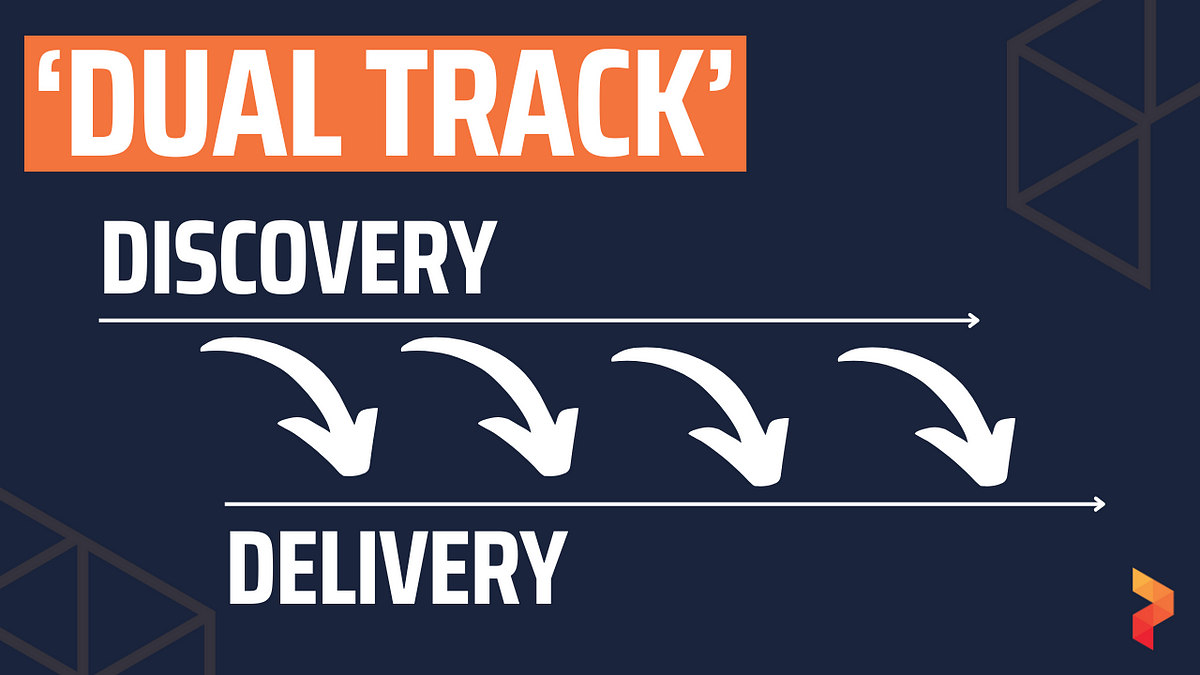Diabetes Care Devices Market Size, Share, Trends, Global Demand, Growth and Opportunity Analysis
The global diabetes care devices market size was valued at USD 34.28 billion in 2024 and is expected to reach USD 66.82 billion by 2032, at a CAGR of 8.70 % during the forecast period This growth is driven by factors such as the increasing prevalence of diabetes, rising health awareness, technological advancements in diabetes management devices, and the growing demand for home-based care solutions
Diabetes is a chronic health condition that affects millions of people globally. It occurs when the body cannot produce or properly use insulin, leading to high blood glucose levels. Managing diabetes effectively requires regular monitoring and therapeutic intervention. Diabetes care devices play a vital role in this process. These devices assist individuals in tracking glucose levels, administering insulin, and maintaining overall health. The global burden of diabetes is increasing each year, which in turn fuels the demand for advanced and reliable care solutions. Technological advancements and better awareness among patients and healthcare providers continue to drive the adoption of diabetes care devices across the world.
Market Size
- The global diabetes care devices market size was valued at USD 34.28 billion in 2024 and is expected to reach USD 66.82 billion by 2032, at a CAGR of 8.70 % during the forecast period
- This growth is driven by factors such as the increasing prevalence of diabetes, rising health awareness, technological advancements in diabetes management devices, and the growing demand for home-based care solutions
For More Information-https://www.databridgemarketresearch.com/reports/global-diabetes-care-devices-market
Market Share
The diabetes care devices market includes several product segments such as glucose monitoring devices, insulin delivery devices, and others. Glucose monitoring devices hold the largest market share due to their wide usage in daily diabetes management. These devices include continuous glucose monitors (CGMs), blood glucose meters (BGMs), and testing strips. CGMs have gained significant popularity due to their ability to provide real-time data and reduce the frequency of fingerstick tests. Insulin delivery devices such as insulin pens, insulin pumps, and syringes also account for a substantial share of the market. Among these, insulin pens are widely preferred for their ease of use and portability. Key players in the market include Abbott Laboratories, Medtronic, Dexcom Inc., Roche Diagnostics, B. Braun Melsungen AG, and Novo Nordisk. These companies collectively account for a significant portion of the global market share. Strategic mergers, product launches, and technological improvements are common approaches adopted by these players to maintain their market position.
The Evolution
The diabetes care devices market has undergone remarkable changes over the past few decades. Early blood glucose monitoring relied on simple urine tests that lacked accuracy. The introduction of blood glucose meters in the 1970s marked a significant advancement, allowing patients to self-monitor their glucose levels. In the 1990s and 2000s, insulin pens and insulin pumps emerged as more convenient and efficient alternatives to traditional syringes. The evolution continued with the development of continuous glucose monitoring systems, which provide real-time glucose data with minimal discomfort. Integration with smartphones and wearable technology has further transformed the user experience. Artificial intelligence and machine learning are now being explored to offer predictive analytics and personalized treatment plans. The market has shifted from basic monitoring tools to comprehensive diabetes management systems that improve patient outcomes and quality of life.
Market Trends
Wearable technology is one of the most prominent trends in the diabetes care devices market. Devices such as smart insulin patches, continuous glucose monitors, and wearable insulin pumps are gaining traction. These innovations provide convenience, reduce invasiveness, and improve adherence to treatment protocols. Another trend is the growing use of mobile applications to sync data from diabetes care devices. These apps offer features such as trend analysis, medication reminders, and remote consultation with healthcare providers. Telemedicine integration is another notable trend, enabling better access to care for patients in remote locations. The demand for minimally invasive or non-invasive glucose monitoring devices is also increasing. Companies are investing in research to develop skin patches, breath sensors, and optical sensors that eliminate the need for finger pricks. The rise of do-it-yourself (DIY) diabetes management systems is also becoming apparent. Tech-savvy patients are using open-source software and customizing their care tools for enhanced control and personalization.
Factors Driving Growth
The increasing prevalence of diabetes is the primary driver of market growth. According to the International Diabetes Federation, over 530 million adults were living with diabetes in 2023, and this number is expected to rise significantly in the coming years. Aging populations, sedentary lifestyles, unhealthy diets, and rising obesity rates contribute to this surge. Technological advancements also fuel market expansion. Innovations such as closed-loop systems, smart insulin pens, and cloud-connected monitors enhance the accuracy and ease of diabetes management. Increasing awareness and education about diabetes and its complications encourage early diagnosis and consistent monitoring. Government initiatives and healthcare reforms also support market growth. In many countries, diabetes care devices are included in health insurance plans or government reimbursement schemes, improving accessibility. The expansion of healthcare infrastructure in developing regions creates new opportunities for device manufacturers. Investment in research and development is another key factor. Companies continue to allocate significant resources to develop next-generation devices that offer better outcomes, fewer side effects, and increased user satisfaction. Patient-centric care models are gaining prominence. Healthcare providers are focusing on personalized treatment plans that consider individual needs, preferences, and data insights. This approach boosts patient engagement and compliance. The COVID-19 pandemic has accelerated the adoption of digital health tools, including diabetes care devices. Remote monitoring became essential during lockdowns, and many patients and providers embraced digital solutions for ongoing diabetes management. This behavioral shift is likely to have a lasting impact on the market. Collaborations and partnerships among tech companies, healthcare providers, and pharmaceutical firms are driving innovation and expanding the reach of diabetes care solutions.
Browse Trending Reports:
Inertial Sensor Market
Polybutylene Succinate (PBS) Market
Industrial Pails Market
Padded Mailers Market
Metal Injection Molding (MIM) Market
Medical Billing Software Market
Industrial DeNOx Systems Market
Poultry Feed Yeast Market
Conclusion
The diabetes care devices market is poised for sustained growth driven by rising diabetes cases, technological innovation, and increased health awareness. The evolution from basic tools to integrated digital platforms reflects a broader transformation in healthcare delivery. With continued investment, policy support, and user-centered design, diabetes care devices will play an even more crucial role in improving outcomes and enhancing quality of life for patients worldwide.
Contact Us:
Data Bridge Market Research
US: +1 614 591 3140
UK: +44 845 154 9652
APAC : +653 1251 975



































































![https //g.co/recover for help [1-866-719-1006]](https://newsquo.com/uploads/images/202506/image_430x256_684949454da3e.jpg)
























![How Smart PMs Scale Their Careers in Any Org [TPG Live Recap]](https://tpgblog.com/wp-content/uploads/2025/06/2025-06-12-thumbnail-action.png?#)


















































